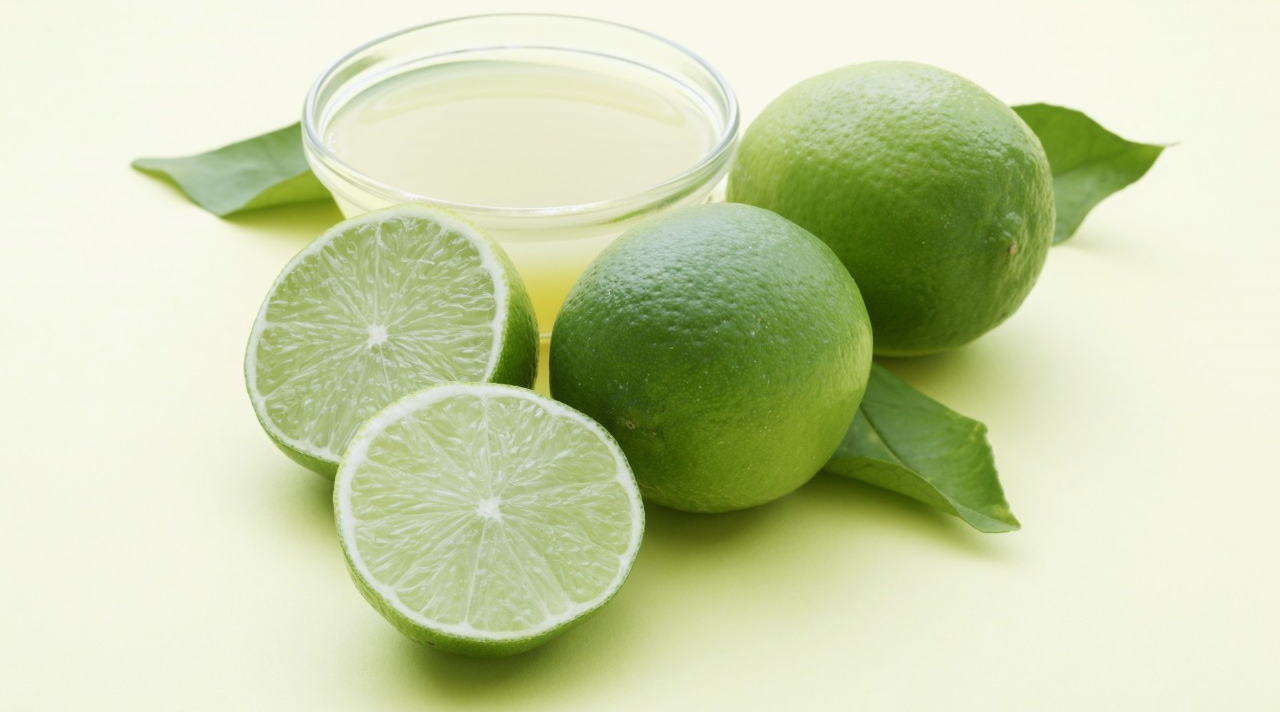Chemicals from Some Fruits and Plants Can Ignite Your Skin

Triggered by sunlight, a fairly common skin condition can cause burning and scalding pain.
It sounds like something out of science fiction, but a real condition that can severely damage your skin starts from contact with certain plants that contain combustible chemicals.
Since the condition known as phytophotodermatitis involves fruits and plants that are abundant, there are more ways than you can imagine to come in contact with the chemicals.
One case study reported a rash on a 21-year-old woman’s arms, upper back, and thighs after her return from a tropical vacation. It turned out she had put lime juice in her hair to lighten it, then spent the rest of the day in the sun.
Lime juice may be one of the most common cause of phytophotodermatitis, a term that describes the symptoms that occur when chemicals from a relative handful of plants are activated by sunlight.
In another study, the juice from imes were the culprit in the case of a 23-year-old woman who wound up in a hospital emergency room with a painful, blistering rash across her sun-exposed skin. She had spent two days at the beach drinking mojitos, cocktails and had burns on her hands from contact with lime juice.
Limes are part of a citrus fruit family that includes lemon, citron, zambon, and bergamot orange, all of whose juice can also bring on the potentially serious condition.
A plant family that includes wild parsnip, celery, parsley, cow parsnip (hogweed), Queen Anne’s lace, and giant hogweed also contain chemicals that react with sunlight. You can put wild carrot, mustards, dill, and fennel on that list as well. The castor plant, which is typically grown in the U.S. for its strange beauty, has beans that can cause the condition.
Even figs, rue (a common herb), and meadow grass are potentially dangerous when handled and exposure to the sun follows.
Altogether, the most common fruits and plants that can cause phytophotodermatitis belong to the umbelliferae, rutaceae, and moraceae families. Before you go out during the growing season, especially if you’re a gardener or a hiker, it may help to familiarize yourself with the fruits and plants in those families and know what they look like.
Rashes and lesions begin about a day after exposure, and often they will burn and blister. They peak in two to three days. If you’re lucky, you’ll only get skin pigmentation without the burning and blistering.
The condition is most common in mid-to-late summer, when the volume of the reactive chemicals are highest in the plants involved, your skin exposure to sunlight is at its peak, and your skin is wet from swimming or sweating. The accompanying increase in summertime lime drinks such as mojitos and margaritas also becomes a factor in your risk if you prepare the drinks yourself. In fact, the condition has happened often enough after skin exposure to lime juice while making drinks that it is sometimes referred to as “margarita burn.”
Symptoms of phytophotodermatitis are different from other poisonous plants; they cause burning but not itching, occur only on areas of your body exposed to sunlight, and are “often in random linear streaks or patterns (such as from lime juice running down skin or brushing against plants),” according to the University of Vermont Extension (UVE) service.
“Such pigmented areas may be sensitive to UV light for several years,” the UVE says. “Getting the toxic substance on hands and then touching skin, as (in) parents grabbing children, can lead to fingerprint patterns. Offending weed parts thrown against skin, as with weed trimmers, can cause a buckshot appearance to the rash.”
The burning and blistering clears up on its own after several days, but leaves discoloration on the skin that can last for months. Skin affected by the condition can also remain sensitive for many years. By the time the skin pigmentation occurs, the inflammatory phase of phytophotodermatitis is over. Anti-inflammatory treatments like topical steroids would only be useful to you in the early phase of redness and blistering.
Don’t bother with bleaching creams. Evidence suggests they won’t work. Wearing clothes with a sun protection factor (SPF) built into the fabric and using broad spectrum sunscreens should protect your skin from further sun exposure, which could cause the pigmentation to darken. It can be covered with cosmetic camouflage make-up.
Wear long sleeves, pants, or boots to prevent contact with poisonous plants, the Centers for Disease Control and Prevention recommends. You should wash exposed clothes separately with hot water and detergent no later than the next day. Barrier skin creams can be protective if you plan to be outdoors.
Not science fiction but science fact, phytophotodermatitis is a potentially serious condition that requires self-education and precaution. Little did you know that the margarita you’re sipping on the patio is a fire hazard when it comes to your skin.
Updated:
March 25, 2020
Reviewed By:
Christopher Nystuen, MD, MBA